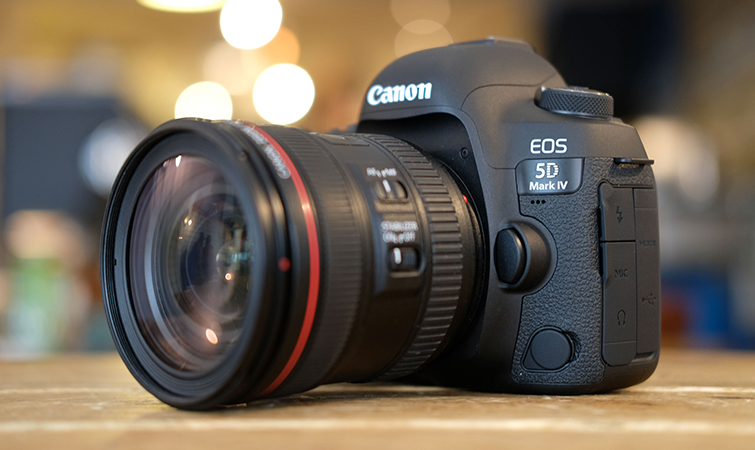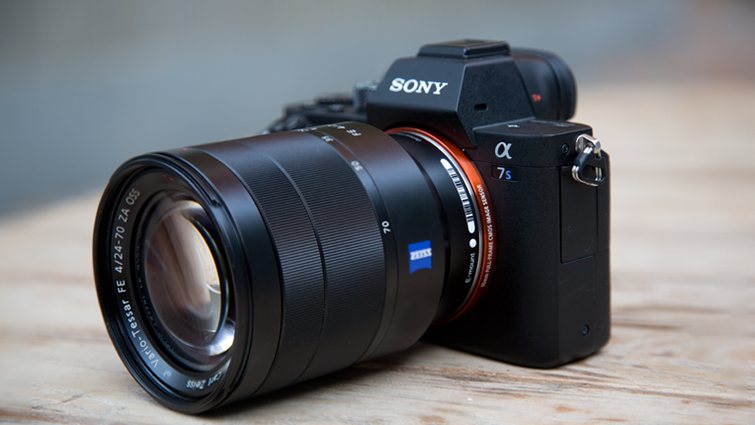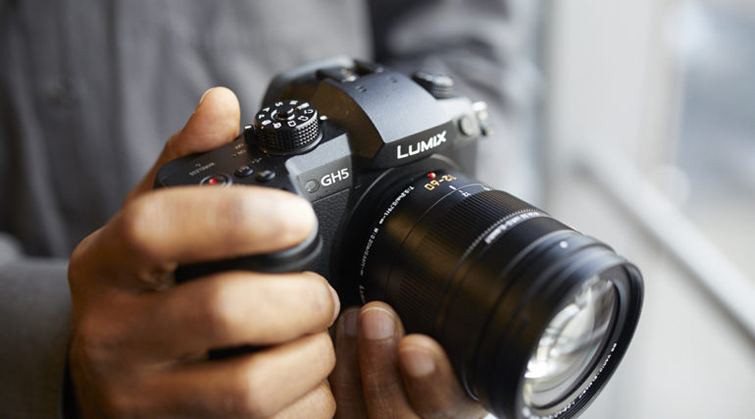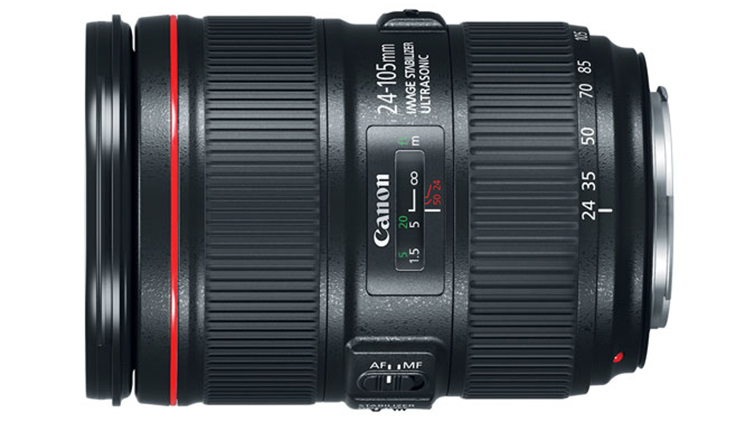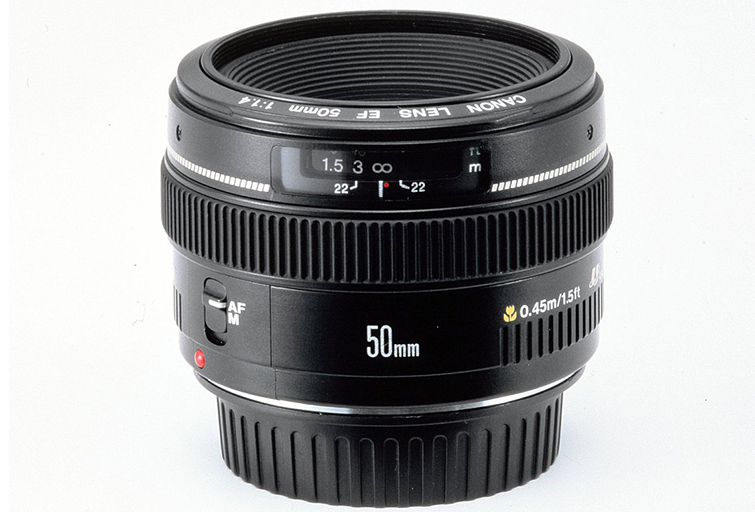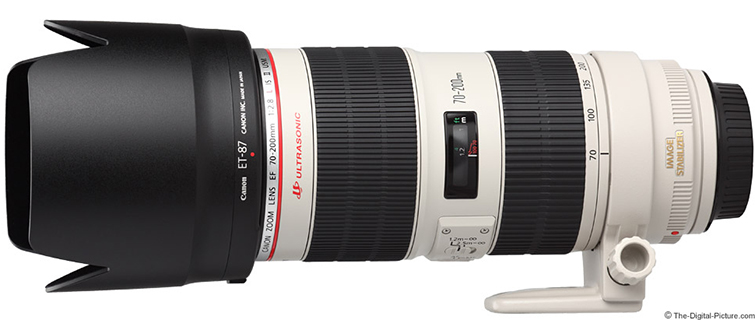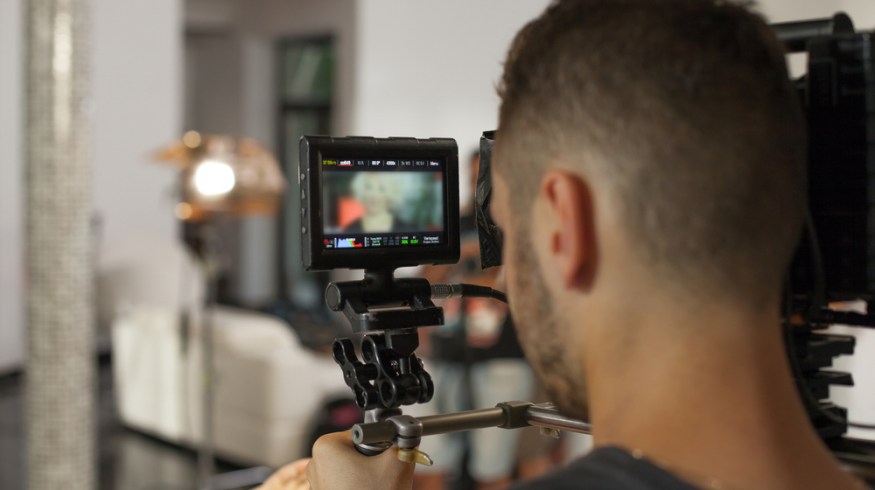
The Shreditor’s Guide to Shooting Videos and Commercials By Yourself
Running your video shoots as a one-man band? Here’s everything you need to know about shooting solo.
Cover image via Shutterstock.
What is a shreditor you ask? Check out this article, or dive into our earlier post to learn how to master the art of being an ultimate producing, shooting, and editing shreditor.
In this article, we’re going to focus on the shooting aspect of the shreditor lifestyle. A video professional can make a good career as a full-time shooter. It takes a strong attention to detail, a hunger for keeping up with the latest digital technology, and the ability to get the best footage in any given situation.
However, being a full-blown shreditor also means you’ll find yourself in high-stress situations wherein you may not have all the time in the world to get the shots you need — so you’ll need to be able to adapt and improvise to get the best footage you can to help yourself out in the edit later.
Let’s dive into some recommended gear to keep at your disposal — along with the resources you need to stay sharp for any shooting production.
Cameras
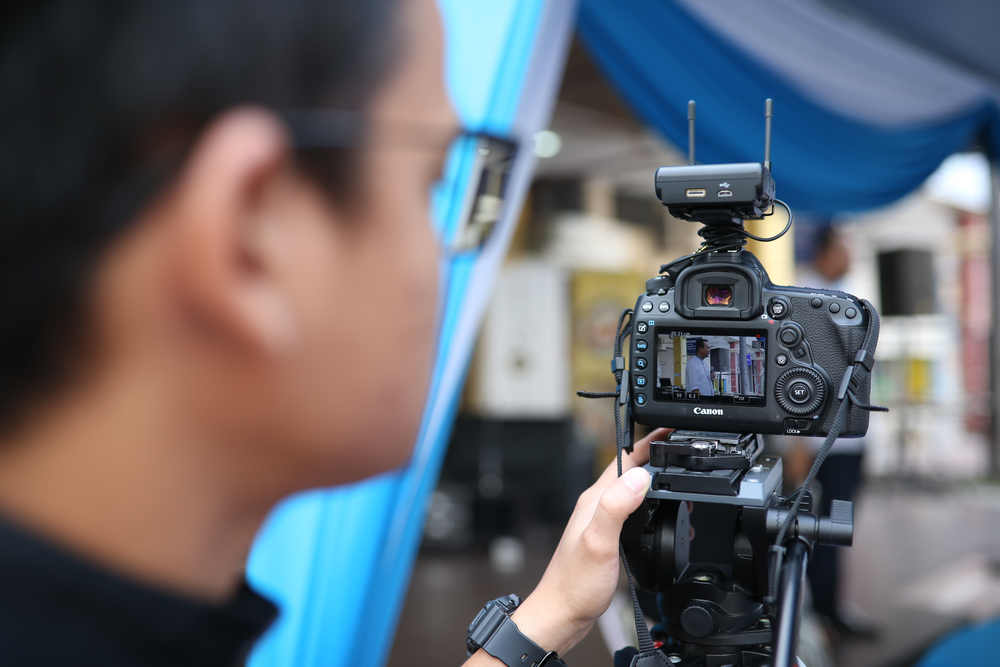
Image via Shutterstock.
In addition to owning a camera, a good shreditor should be a familiar face at your local rental house. An ideal shreditor kit may include a higher-end camera like a RED Raven, or even a Blackmagic URSA Mini Pro. However, in many cases, it may make more sense to rent those as needed. You’ll at least need a solid (preferably 4K ready) DSLR or mirrorless camera, so here are three solid options.
Canon 5D mk IV — $3,299
The Canon 5D has been an industry favorite for quite some time — particularly for prosumers and shreditors. The Mark IV continues the legacy as one of the best DSLRs on the market with a 30.4 megapixel full-frame sensor and 4K video capture. However, you may be able to save a good deal of cash and invest in the Canon 5D mk III or mk II — or even the Canon 7D.
Sony a7S II — $2,499
While the Canon 5D may be my first recommendation, the days of its dominance of the market are numbered. Sony’s a7S mirrorless camera has changed the game with its sharp image capture, 4K video recording, and crazy high ISO/low light capabilities — plus a cheaper price point than the latest 5D. You can also check out the a7S Alpha as a used option as well.
Panasonic Lumix GH5 — $1,999
Panasonic’s Lumix GH5 rounds out our recommended list as a tightly contested third option. The GH5 mirrorless camera offers similar 4K recording (at 60p) and a powerful 20.3 megapixel four thirds sensor. The GH4 certainly turned heads when it debuted (and is still a great option in itself), but the GH5 remains competitive in part due to its great price point.
Lenses
As with cameras, while it’s worth it to own a few favorites, you can always rent a set of primes for certain shoots. However, to partner with your go-to DSLR or mirrorless, here are a few suggestions for your ready-to-go bag. (Note: lenses listed are EF mount; here is a great resource for lens mounts and adapters to keep in mind.)
24-105mm f/4 — $999
If you’re looking for fresh gear, investing in a package deal on your camera is usually a great way to save money. As an added bonus, many cameras these days come with a stock lens like the 24-105mm f/4. No matter how you acquire it, this truly is a great lens for a shreditor — here’s why.
At a fixed focal length, the 24-105 should partner well with either a full-frame or four thirds camera to give you the greatest amount of coverage. Whether you’re running and gunning at an event or just rushed by a client to set up a shot, 70mms of zoom can save time and grant flexibility to your cinematography.
50mm f/1.4 — $349
Ah, the 50mm (or a “nifty fifty“) has been a shooter staple for years. If your main lens is a f/4 zoom, a f/1.4 prime (or even a cheaper f/1.8 option) gives you the option to lay on the style and work hair-trigger with some sexy shallow depth of field shots. This is great for close-ups and stylized tableaus; a solid 50mm is an easy-to-carry option for every bag.
Although it’s not a necessity, by the same token (and depending on your camera), it wouldn’t hurt to consider a prime 35mm or 85mm (or both) if you can afford them. If you’re on a crop sensor and don’t want things too tight, or if you enjoy a good telephoto look, you have options.
70-200mm f/2.8 — $1,949 (Used: $1,099) (Rent: $50 a day/$84 a week)
I do not necessarily endorse purchasing this mammoth zoom (although if you can afford it and promise to use it, go for it). However, the Canon 70-200mm f/2.8 is an absolute must for shoots when personal space is an issue and you need to set up further away from your subjects. For many, the 70-200mm is an often-rented weekend lens that gives you zoom capability that will surprise you with its richness.
Tripods

Image via Shutterstock.
The next piece of gear you need is a solid tripod. You have a lot of options, but Manfrotto is a great selection. Your ideal tripod should be sturdy enough not only for your camera but also for bigger cinema cameras, including any add-ons. However, a shreditor should also be quick on his or her feet, so keeping your weight and bulk down is also key. Try to find a balance between bulk and sturdiness. Here are a few options to consider.
- Benro Aero 4 Video Travel Angel Tripod — $259.00
- Manfrotto MVH502A Fluid Head/MVT502AM Tripod — $489.88
- Miller Air Alloy Tripod — $943.65
A good monopod (like this one here) is also a great option, especially if you work with photography from time to time. Here are some resources for selecting and working with your tripods.
Mounts and Rigs
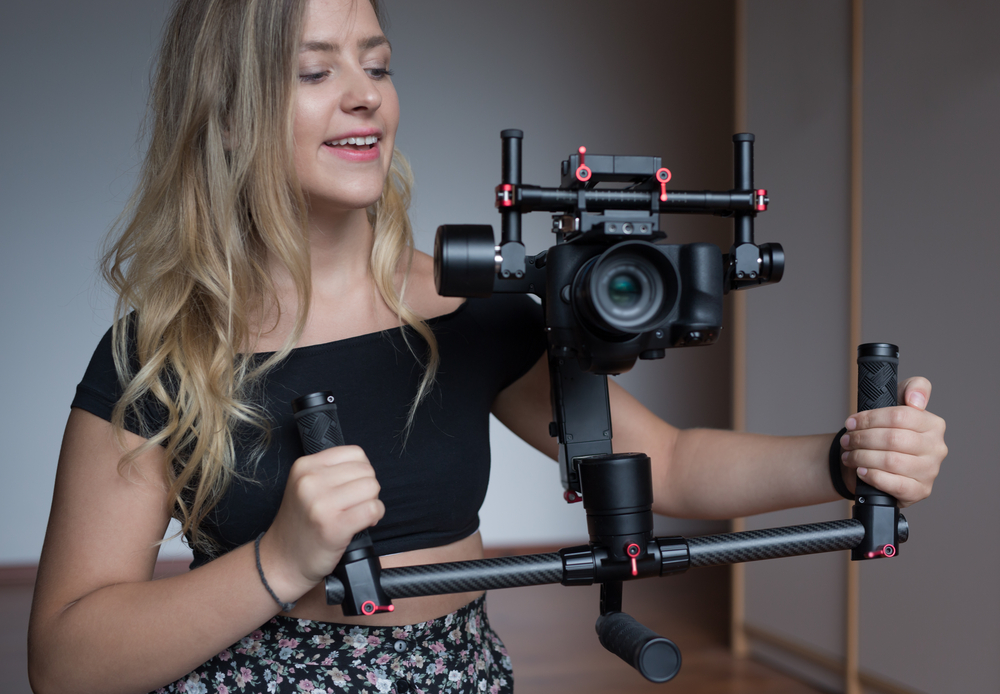
Image via Shutterstock.
Ah, now this is where the fun with options begins. Along with your trusty tripod, a shreditor should be just as ready to get their camera moving. Whether that means a limited-but-controlled movement like a slider, crane, or dolly, or a more free-flowing and stabilized handheld option like a gimbal, Steadicam or shoulder mount, there is a lot to consider. Talk with friends, try out a few on weekends, and find the right combo for you. Here are some recommendations.
- Shoulder Mount – $359.00
- Handheld Gimbal – $688.00
- Slider – $139.95
- Dollies -$675.00
- Crane – $699.95
- Steadicam – $595.00
If you’re looking to save some money on your mounts and rigs, here are several DIY options to consider making yourself.
- Gear Hacks: DIY Camera Stabilizers and Rigs for Under $25
- Build Your Own Butt/Pedestal Dolly for under $140
- DIY Hacks: 10 Cheap Tripod Dolly Options to Try at Home
Audio Recording
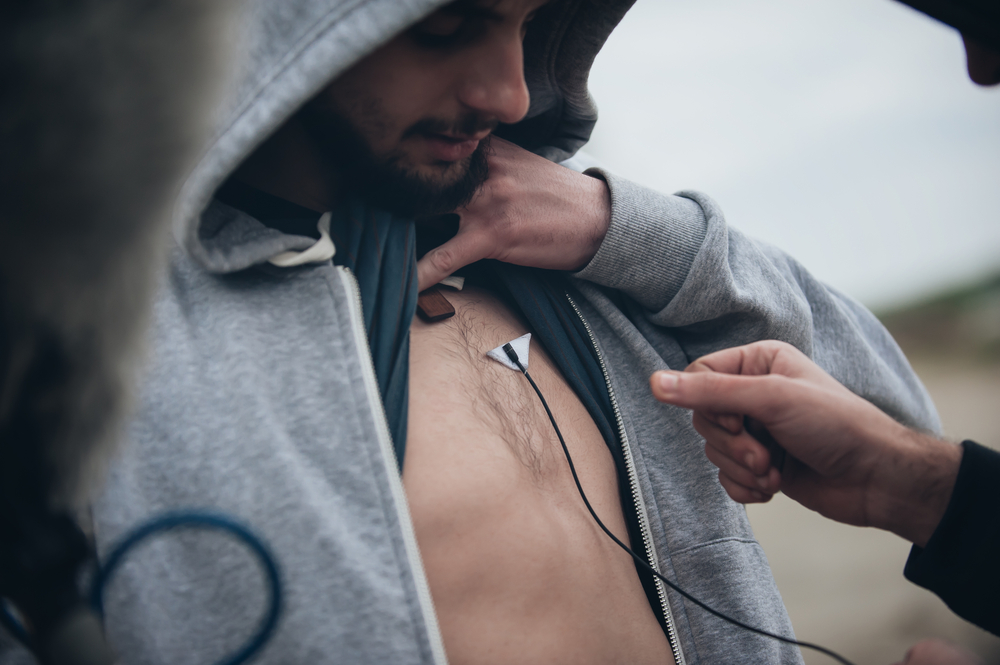
Image via Shutterstock.
Once your camera is set up, you’ll need to put on a whole other hat as part of your shooter role: audio technician. Capturing quality audio on a shoot is no small task, and on most productions, it usually falls on a full-time operator or even a whole department. However, as a run-and-gun shreditor, you’ll have to find ways to make the most of your equipment to record while you shoot.
A good audio setup on most shoots involves either a boom mic or a wireless lavalier kit (or some combination of both), which either goes directly into your camera (depending on your camera) or into an external audio recording device. Here’s some essential gear you may want to invest in.
- Zoom H4 — $159.99
- Boom mic — $329.95 (which you can clamp to a light stand)
- Wireless mic kit — $629.95
- Rode mic — $99.00 (attach on camera)
- Headphones — $79.99
Here are several tips for capturing audio on-the go.
- The Best Audio Recorders for Under $300
- How to Capture High Quality Audio for Low Budget Films
- Piece Together a Pro Boom Mic for Around $500
- 10 Audio Accessories Under $100
Lighting

Image via Shutterstock.
Again, in an ideal world, lighting a shot should fall to a director of photography and a department of grips and lighting experts. However, as a shreditor, it’s your challenge to use both natural lighting and the gear you have available. For most interviews and set shots, you should be able to use a standard 3-point lighting setup (options included below), but for many projects on-the-run, there are plenty of important lighting tools you can use.
- 3 point lighting kit — $989.95
- LED attachable light — $119.00
- Reflector boards — $19.99
- Light meter — $339.00
And of course, here are some good resources for any lighting setup (and some DIY options too).
- Lighting 101: A Quick Guide for Lighting Film
- 7 Steps for Lighting a Scene
- 5 DIY Lighting Tips For Filmmakers on a Budget
Plus you can always browse the PremiumBeat archive on lighting tips here.
Miscellaneous Gear
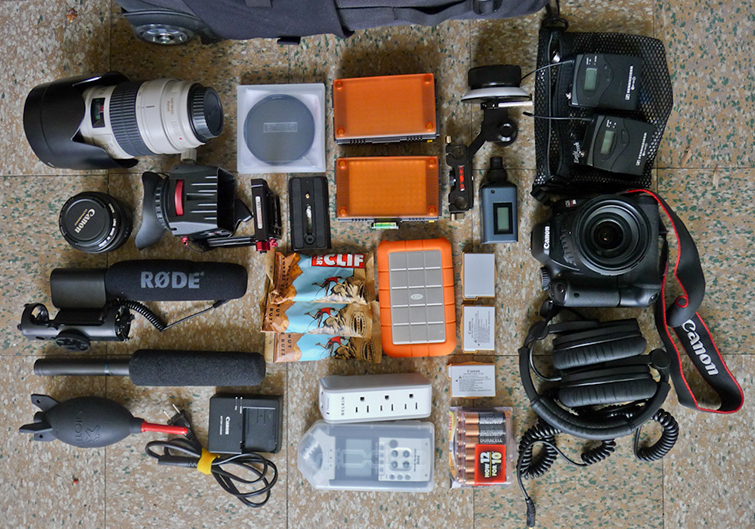
Image via Tweak Digital.
Along with your main camera, audio, and lighting gear, there are several other items a shreditor should keep handy. That being said, it’s also important to be pragmatic and light on your feet, so while you should be ready for every situation, try to only pack what you need for each shoot, and leave the rest at home for your next one.
Here are some items to keep in your bag (including a good camera bag option).
- UV/ND Filters
- Lens Cleaning Supplies
- Batteries
- Chargers
- Backup camera (like GoPros)
If you are stocking up and investing in new gear altogether, going with a camera package option (like this one for a Canon 5D from B&H) can help you save money and get everything you should need.
Resources for Staying Informed
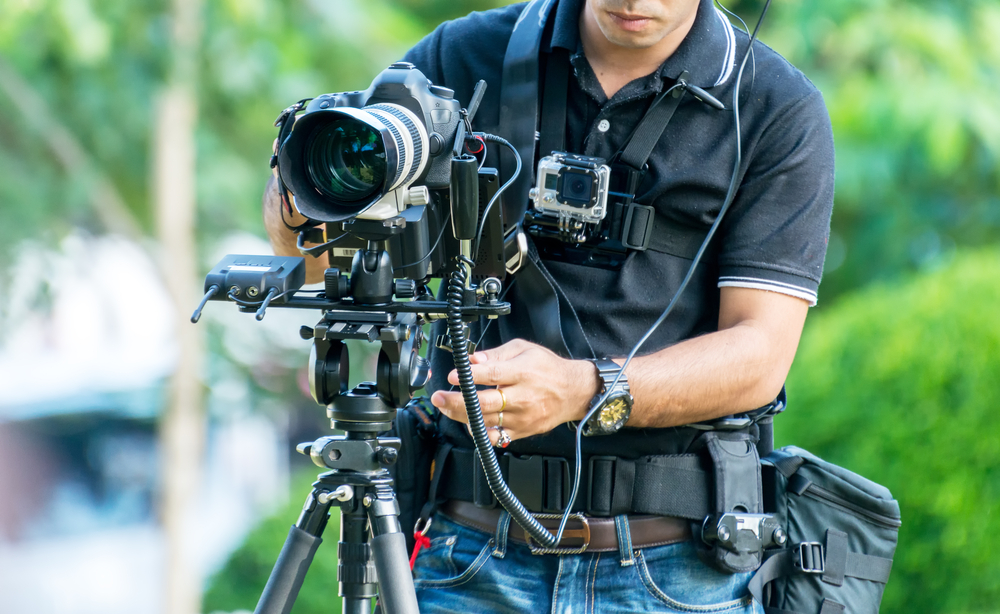
Image via Shutterstock.
Finally, the shreditor will always be a work in progress because the technology is forever changing, and your skills are always expanding. Starting with smaller investments that you know you can handle, piece together the rest as you can, and you’ll eventually build a full gear closet.
To stay sharp, keep these links handy, and check often for production tips and industry insights.


